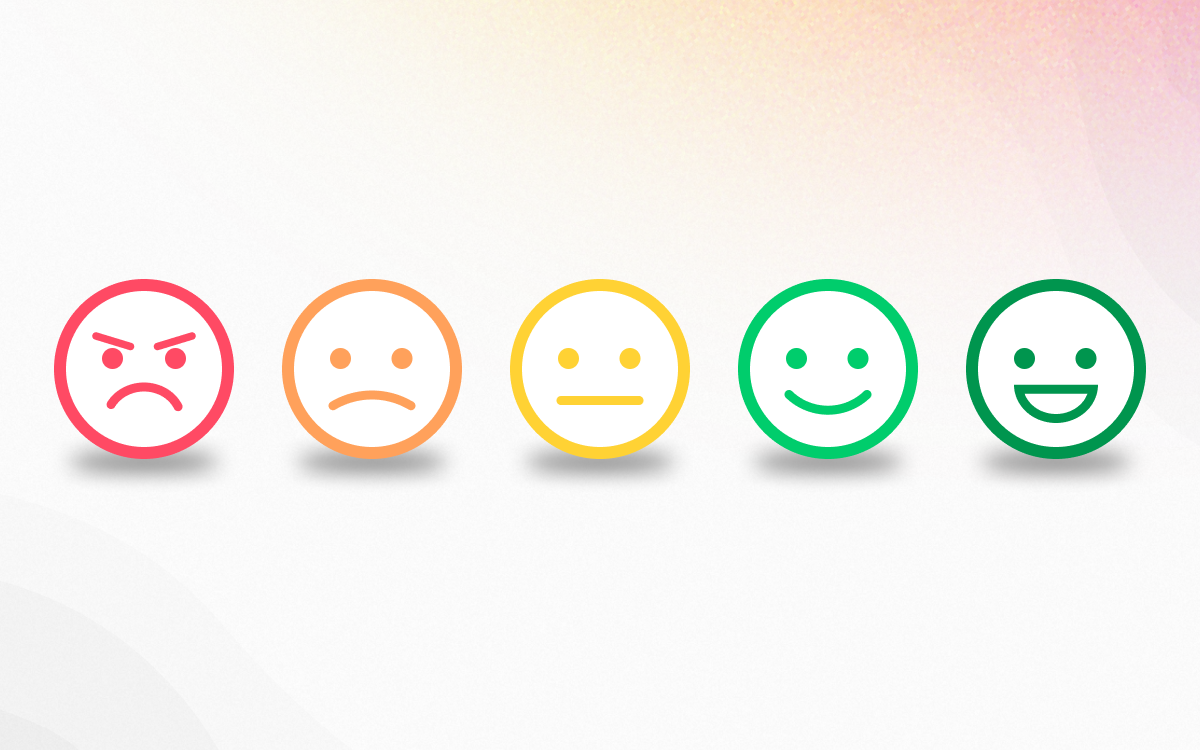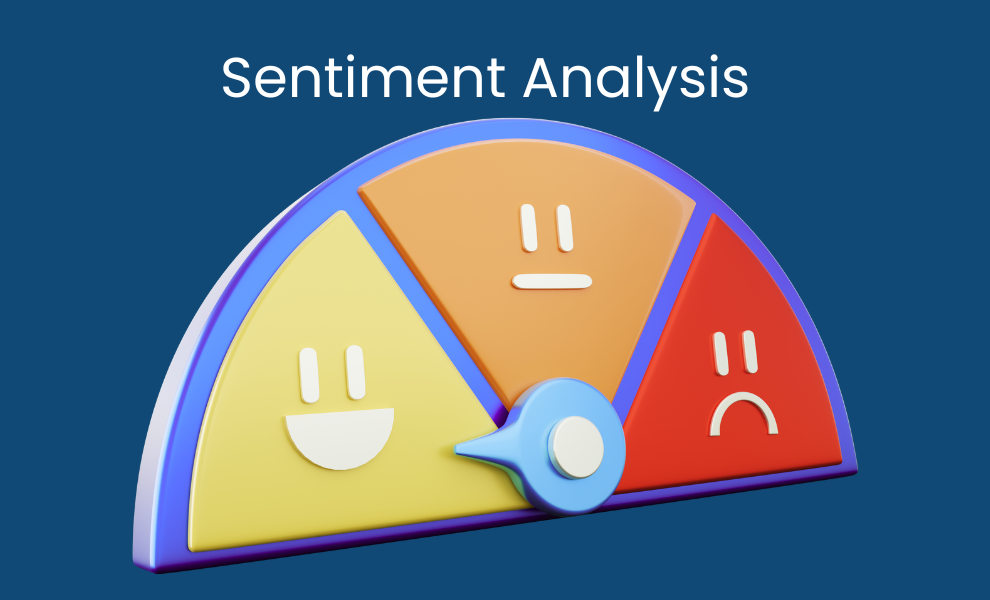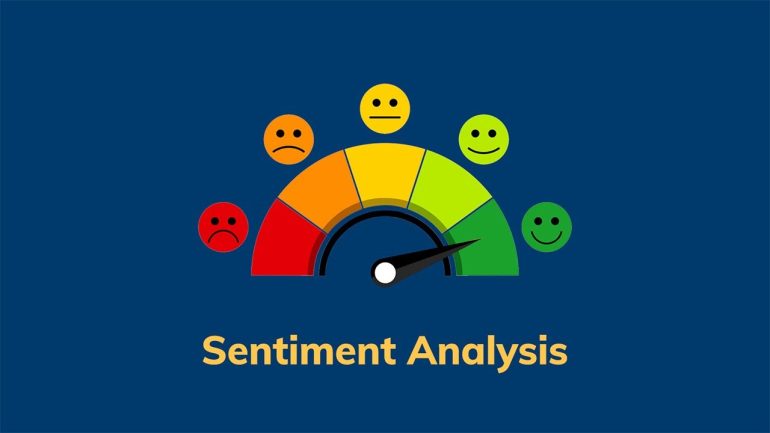In today’s hyper-connected digital world, understanding what people truly think about your brand goes far beyond counting mentions and tracking engagement metrics. Every day, millions of conversations about brands unfold across social media platforms, news outlets, blogs, and review sites, creating a vast ocean of public opinion that can make or break a company’s reputation overnight.
This is where sentiment analysis emerges as a game-changing tool for public relations professionals. Rather than simply measuring the volume of brand mentions, sentiment analysis dives deeper into the emotional undertones of these conversations, revealing whether people feel positively, negatively, or neutrally about your brand, products, or campaigns.
Think of sentiment analysis as your brand’s emotional intelligence system – a sophisticated technology that uses artificial intelligence and natural language processing to decode the feelings and attitudes expressed in written content. For PR professionals who need to stay ahead of public perception shifts, manage reputation crises, and craft data-driven communication strategies, sentiment analysis has become an indispensable asset.
The stakes couldn’t be higher. In an era where a single negative tweet can spiral into a full-blown crisis within hours, PR teams need real-time insights into public sentiment to respond proactively rather than reactively. This comprehensive guide will explore how sentiment analysis works, why it’s revolutionizing PR practices, and how you can leverage this powerful technology to lift your brand’s reputation management strategy.
Understanding Sentiment Analysis: The Foundation of Modern PR

Sentiment analysis, also known as opinion mining, is a sophisticated system that uses artificial intelligence and machine learning algorithms to interpret emotions and attitudes expressed in written text. At its core, this technology employs natural language processing to automatically classify opinions and mentions as positive, negative, or neutral based on predefined criteria and contextual analysis.
The process works by analyzing the language patterns, word choices, and contextual clues within text to determine the emotional tone behind statements. For example, when someone writes “This brand’s customer service is incredible!” the sentiment analysis system recognizes this as positive sentiment, while “This brand’s latest campaign completely missed the mark” would be flagged as negative.
Modern sentiment analysis systems can process vast amounts of data from multiple sources simultaneously, including social media posts, news articles, blog content, customer reviews, and online forums. This capability allows PR professionals to monitor brand sentiment across the entire digital world without manually reviewing dual mentions.
The technology has evolved significantly beyond simple keyword matching. Today’s advanced systems can understand context, recognize sarcasm and irony to some degree, and even detect subtle emotional nuances that might indicate emerging trends in public opinion. However, human verification often remains necessary for the most accurate sentiment interpretation, particularly when dealing with complex language quirks and cultural nuances.
Key Applications of Sentiment Analysis in PR Strategy

Crisis Prevention and Management
One of the most critical applications of sentiment analysis in PR is early crisis detection and management. By monitoring sentiment patterns in real-time, PR teams can identify potential issues before they escalate into full-blown crises. A sudden spike in negative sentiment can serve as an early warning system, alerting teams to investigate and address emerging problems quickly.
Sentiment analysis tools can be configured to send automatic alerts when negative sentiment reaches certain thresholds or when sentiment patterns shift dramatically. This proactive approach enables PR professionals to respond strategically to crises, helping preserve brand reputation and maintain public trust.
Brand Reputation Monitoring
Continuous brand reputation monitoring through sentiment analysis provides PR teams with ongoing insights into how their brand is perceived across different channels and demographics. This comprehensive view helps identify reputation gaps – situations where internal perceptions of brand reputation don’t align with external public sentiment.
By tracking sentiment trends over time, PR professionals can measure the effectiveness of their reputation management efforts and adjust strategies accordingly. This data-driven approach ensures that reputation management initiatives are based on actual public perception rather than assumptions.
Campaign Performance Measurement
Sentiment analysis transforms how PR teams measure campaign success by providing deeper insights beyond traditional metrics like reach and impressions. By analyzing the sentiment of coverage and conversations generated by PR campaigns, teams can determine whether their messaging resonates positively with target audiences.
This capability allows for real-time campaign optimization, enabling PR professionals to adjust messaging, tactics, or targeting based on sentiment feedback as campaigns unfold. The result is more effective campaigns that generate genuinely positive brand sentiment rather than just high volume coverage.
Competitive Intelligence and Market Research
Sentiment analysis isn’t limited to monitoring own brand – it’s equally valuable for competitive intelligence and market research. By analyzing sentiment around competitors, PR teams can identify market opportunities, understand competitive strengths and weaknesses, and position their brands more effectively.
This competitive sentiment monitoring can reveal gaps in the market where positive sentiment is lacking, presenting opportunities for strategic PR campaigns that could shift public opinion in your brand’s favor.
Benefits and Challenges of Implementing Sentiment Analysis

Key Benefits for PR Professionals
The implementation of sentiment analysis offers numerous advantages for PR teams. Scale and efficiency represent perhaps the most significant benefit – sentiment analysis enables teams to process and analyze thousands of mentions across multiple platforms simultaneously, something impossible to achieve manually.
Real-time insights allow for immediate response to sentiment shifts, enabling proactive rather than reactive PR strategies. This capability is particularly valuable in situations where rapid response can mean the difference between containing an issue and facing a full-scale reputation crisis.
Data-driven decision making becomes possible when sentiment analysis provides concrete metrics about public perception, allowing PR teams to base strategies on actual audience sentiment rather than intuition or limited feedback.
Common Challenges and Limitations
Despite its powerful capabilities, sentiment analysis faces several challenges that PR professionals must understand. Language and cultural nuances can complicate accurate sentiment interpretation, particularly when dealing with sarcasm, irony, or cultural context that automated systems may miss.
Accuracy limitations mean that human verification is often necessary for the most precise sentiment analysis, especially for critical decisions or sensitive situations. While AI technology continues to improve, the subtleties of human communication still require human interpretation in many cases.
Context dependency presents another challenge, as the same words can carry different emotional weight depending on the situation, industry, or cultural context. PR teams must consider these factors when interpreting sentiment analysis results.
Best Practices for Implementing Sentiment Analysis in PR
To maximize the effectiveness of sentiment analysis in PR, teams should establish clear monitoring parameters that align with their specific goals and target audiences. This includes defining relevant words, setting up appropriate alert thresholds, and determining the most important channels to monitor.
Integration with existing workflows ensures that sentiment analysis insights are actionable rather than just informational. This means connecting sentiment data with crisis response protocols, campaign planning processes, and regular reporting structures.
Regular calibration and validation of sentiment analysis helps maintain accuracy and relevance. This involves periodically reviewing automated classifications against human judgment and adjusting parameters as needed to improve performance.
Cross-functional collaboration enhances the value of sentiment analysis by sharing insights with customer service, marketing, and product development teams. This holistic approach ensures that sentiment insights inform broader business decisions beyond just PR activities.
The future of sentiment analysis in PR continues to evolve with advancing AI technology, promising even more sophisticated emotional intelligence capabilities that will further transform how brands understand and respond to public sentiment.

